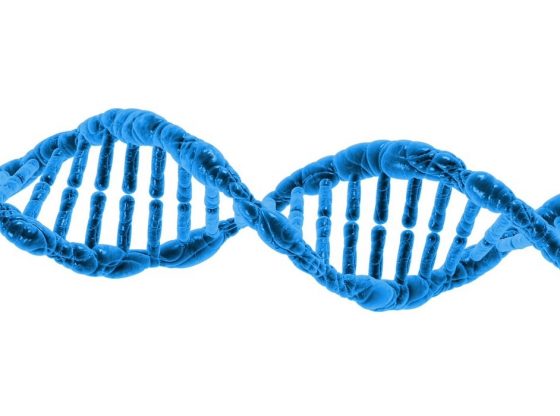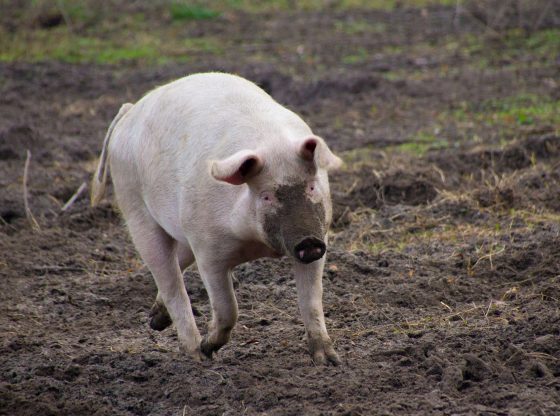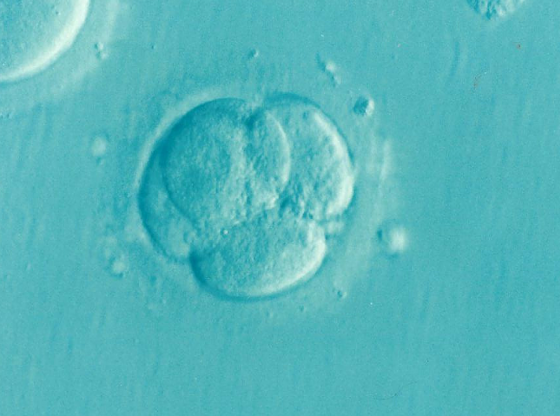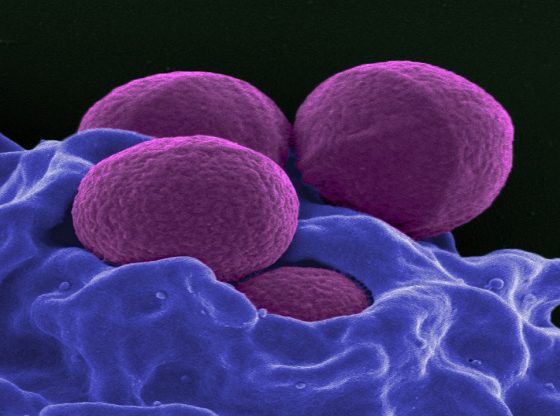There is now a way to stop the CRISPR gene editing tool from snipping out of control.

The breakthrough genetic tool CRISPR-Cas9 is a way to effectively genetically modify complete populations of plants, animals and hold great promise for humans. Because of this effectiveness, however, it has sparked debate, being inherited it is able to make changes in complete populations with unforeseen consequences as a result.
Until now, there were no “off switches” to prevent Cas9 from making cuts in the wrong places or to stop gene drives using the enzyme from running amok.
Scientists at the University of Massachusetts Medical School in Worcester and the University of Toronto in Canada present a potential ‘off-switch’. The ‘switch’ enables researchers to stop the activity of CRISPR from modifying certain cells.
The CRISPR tool originates in how bacteria defend themselves against viruses, so it was also expected that there would be a way for viruses to counterattack.
The researchers discovered that three proteins in Neisseria meningitides inhibit a version of Cas9, an enzyme that some CRISPR systems employ to cut the DNA (N. meningitides is a bacterium that causes a form of meningitis in humans.) These anti-Cas9 proteins offer a nature-driven approach to controlling Cas9.
If it is desirable for some genetic modification to not be inherited by offspring, the scientists can prevent the CRISPR-Cas9 activity in the germ cells by providing the cells with the ‘switch’.
CRISPR research really took off in 2016 with various efforts launched. Among other things, the first study in humans was initiated by scientists in China, who will investigate its effectiveness in gene therapy of a difficult but common lung disease.
References:
April Pawluk et al “Naturally Occurring Off Switches for crispr-Cas9” December 15 Cell, DOI: http://dx.doi.org/10.1016/j.cell.2016.11.017






















